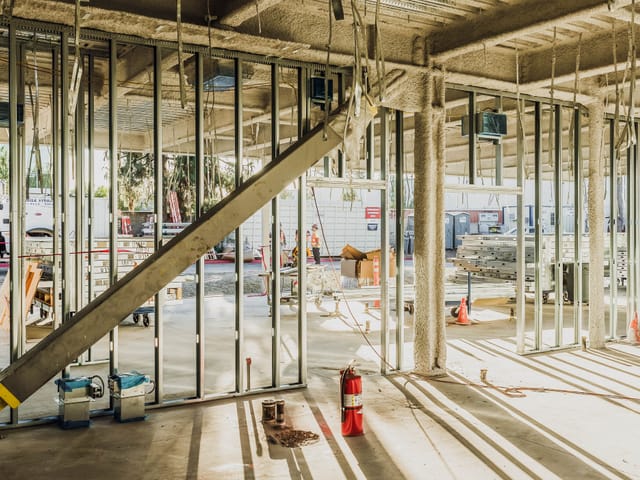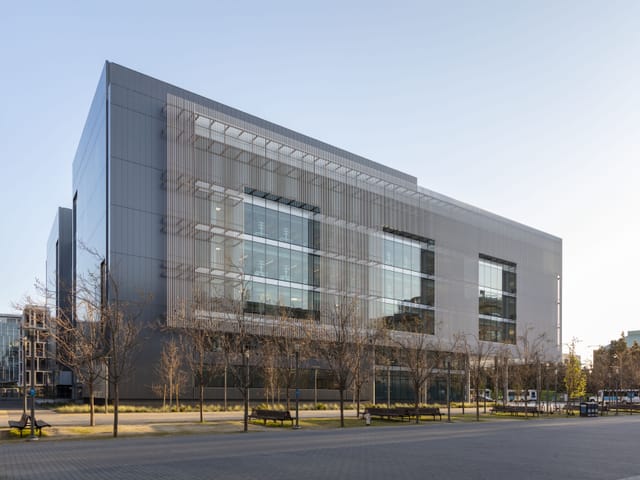Kaiser Permanente Parker is an 11,000 SF exterior aluminum composite material (ACM) medical office building located in Parker, Colorado. While the scope of work was relatively straightforward, comprising of 75 ACM panels and window integration, the project presented unique challenges due to unforeseen weather disruptions. This shift transformed a standard exterior panel job into a high-pressure, time-sensitive deliverable. Digital Building Components (DBC) responded with a coordinated, all-hands-on-deck approach, leveraging daily production analysis and resource optimization to meet the client’s delivery expectations.
Parker, alongside Kaiser Permanente Lakewood, marks DBC’s inaugural project footprint in the state of Colorado. Given the region’s harsh winter climate, the exterior design incorporated several enhancements to withstand heavy snowfall and extreme cold. These included additional thermal break materials at window locations and integrated stainless steel kick plates at the base of each panel to support snow loads. This project exemplifies DBC’s ability to adapt its exterior solutions to meet the demands of diverse geographic and environmental conditions by achieving this with zero safety incident record.
Unforeseen external disruptions led to drastically reduced indoor production capacity, prompting the decision to complete Parker’s waterproofing and ACM installation outdoors. Conducted during the peak of Arizona’s summer heat, this required a heightened focus on crew safety. DBC implemented temporary shading structures, exterior cooling systems, and additional rest breaks during peak heat hours. Despite these constraints, the team remained aligned on the primary objective: maintaining the project schedule.
Material and labor efficiency were critical to cost control, the team maintained strict oversight of material usage to avoid overordering and waste. Labor efficiency was achieved by front-loading base panel production, ensuring the ACM installer had a continuous supply of materials and avoiding production bottlenecks. This proactive approach enabled consistent progress without the need for reactive output increases. As a result, between panel layout and panel installation, the team completed this project in just 10 days aver-aging 15 panels per day with a five-person crew, demonstrating strong productivity and coordination.





